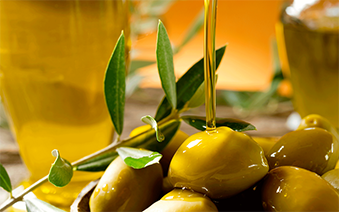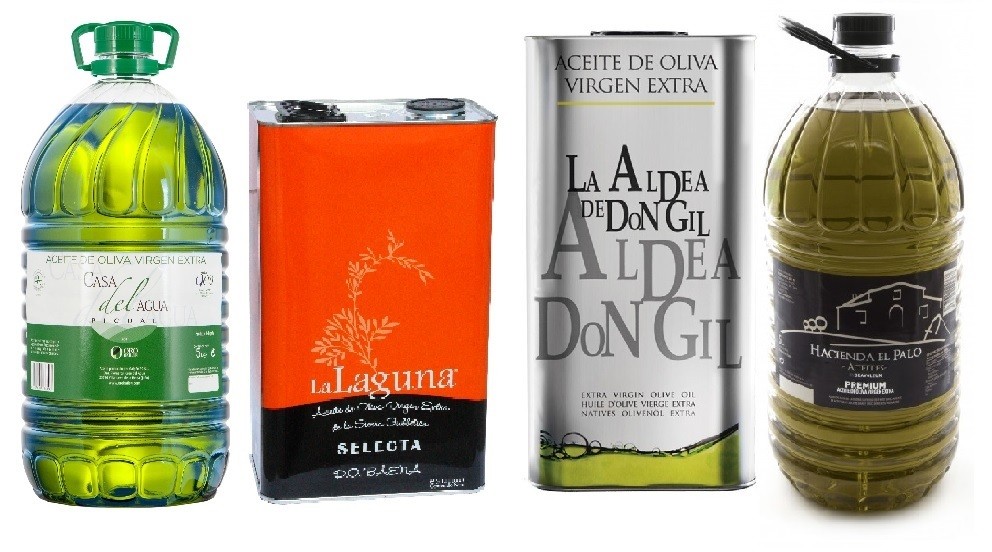How is Extra Virgin Olive Oil Made?
What is it?
The manufacturing process of olive oil is the same as that of our ancestors. Only the manufacturing tools have changed in order to optimize time and effort.
Harvesting of olives for oil production
The olives should be collected from the olive groves at the optimum moment of ripeness,.
These are the various methods of collecting olives:
Olive harvest shake:

The tools have changed, in order to optimize the effort.
The fruits are extracted by shaking the branches, and they fall on blankets on the floor. Shaking can be performed with multidirectional vibrating machines which shake the branches and achieve the same effect but faster. Our ancestors, obtained the harvest the olive trees by shaking down. They hit the branches and leaves with sticks, causing the olives to fall to the ground.
Once harvested the olives must be take as soon as possible within a maximum time of 6 hours, to the mill for processing.
Processed olive oil
First, at the mill, the olives are cleaned of debris such as twigs and stones, They are then washed and sorted into groups according to their quality and variety.

Secondly, it is necessary to grind the fruit, also called milling of olives. Olives must be ground and crushed the same day of collection (within 6 hours) to prevent fermentation and oxidation. This process consists of a hammer mill or grinding stone, breaking down plant tissue and thus releasing the oil obtaining a homogeneous paste, this paste then undergoes cold pressing to extract the oil.
The end product, olive oil extra virgen, is then stored in stainless steel tanks, and kept in the dark and at constant temperature of about 15 ° C to avoid rancidity or turbidity. The oil is later bottled and packaged to be sold the consumer.




.jpg)
